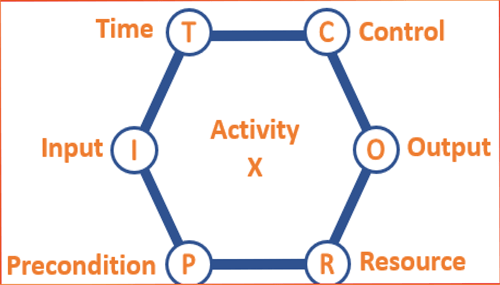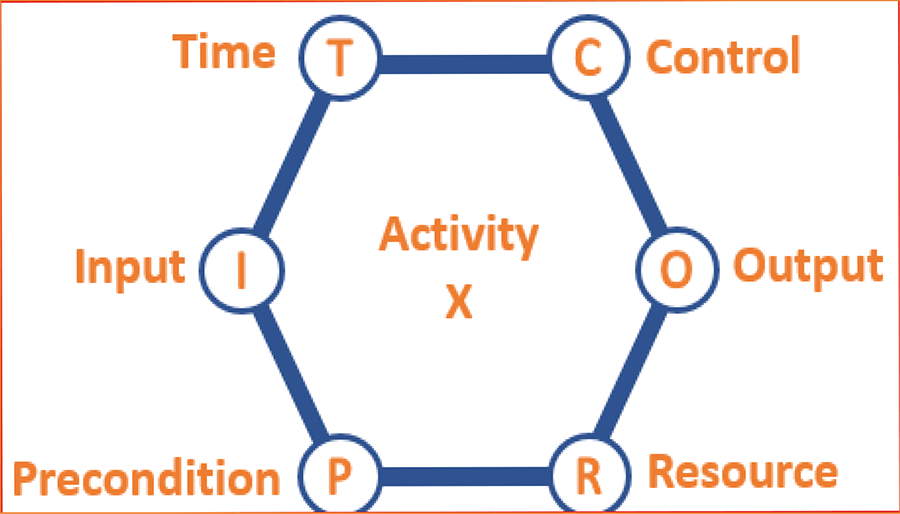The Safety-II approach to patient safety focuses is on what’s going well in a healthcare-related system or process. It informs us that we cannot adequately manage safety and quality improvements if we don’t know the specifics of the work in practice. Because Safety-II takes into consideration the daily reality of the workplace (e.g., processes are complex, dynamic, and affected by human factors), it’s a perfect match with an analytical method called Functional Resonance Analysis Method (FRAM) (prof. Erik Hofnagell - 2017).
We discuss FRAM analysis in detail below using four questions:
- How does FRAM provide insight into daily practice?
- What is a FRAM model?
- What aspects are made transparent in the FRAM model?
- When do you use FRAM?
1. How does FRAM provide insight into daily practice?
FRAM is about looking at work as it’s truly accomplished (“work-as-done”)—which differs from looking only at the established processes, protocols, or guidelines (“work as imagined”). The FRAM method provides insight into how healthcare professionals work together all day, under complex circumstances, and the ways in which they must adapt again and again. Such fluctuations can lead to both desired and undesired (unintended) outcomes.
It starts by identifying and mapping the daily routines, customs, and habits within the workplace to identify not only the risks and problem areas (e.g., bottlenecks), but also to identify best practices (e.g., efficiencies). The methodology behind FRAM is similar to the principles used in both Lean and Appreciative Inquiry/Appreciative Research, which start by looking at what goes well in the workplace.
FRAM makes clear the complexity of all processes in daily practice and provides insight into the mutual interactions and dependencies of a system or process. The model has shown added value in scientific research in quality and safety management, prospective risk analysis, and the development and implementation of new protocols.
2. What is a FRAM model?
To visually represent the daily, work-as-done viewpoint, a process drawing referred to as the FRAM model or FRAM drawing is used. On the basis of interviews or other methods, important steps and mutual interactions between professionals within a process are mapped. As a result, professionals within the system can see the sequence of all activities, how they relate to each other, and how they influence each other in practice. The FRAM model sets the stage to conduct a FRAM analysis
3. Which aspects are made transparent in the FRAM model?
The data, or “aspects,” for developing a FRAM model can be obtained using multiple methods (e.g., interviews, documented processes, etc.) and are described in terms of six aspects, often represented using a hexagon. Lines connect the six factors and run from input to output, logically following typical steps and activities in the process. This accompanying visual demonstrates the automation of an activity using the FRAM process:
- Input: What the function acts on or changes (an input is also used to start the function)
- Output: What emerges from the function (can be an outcome or a status change)
- Control: How the function is monitored or controlled
- Time: Any time constraints that might affect completion of the function
- Precondition: Any condition that must be satisfied before the function is started
- Resource: Materials or people necessary to carry out the function (material consumed during the function)

4. When do you use FRAM?
FRAM can be used at various points of process optimization, and is applicable to any situation affected by daily habits and routines within the workplace. Below are a number of situations where you can choose FRAM:
- To gain insight into best practices and possible risks in daily practice
- When a process does not run optimally and the cause is unclear
- To optimize work processes that bring work-as-imagined and work-as-done closer together
- As an incident analysis that looks at work-as-done and not just the incident
- As an aid in developing guidelines and protocols (i.e., work-as-imaged) to ensure that these connect optimally to work-as-done
- To make a comparison with a work-as-done process and the way in which that work is described or prescribed in theory (i.e., work-as-imaged)
- To introduce/implement a new process for professionals involved. The FRAM model can help determine the best way to roll out the new process and identify when uncertainties arise, so that the process can be further improved.
FRAM analyzes are very useful for analyzing how people work in daily practice, in the context of Safety II. In this blog you can read more about Safety II or check this overview of five different analysis methods.




